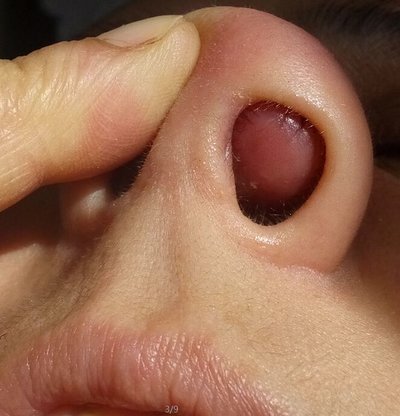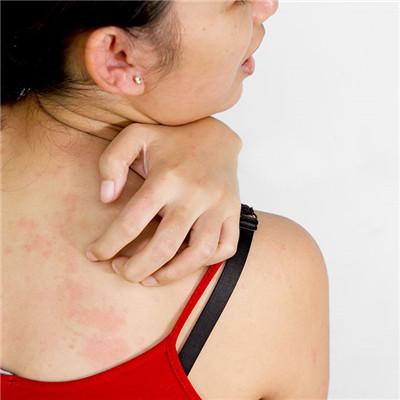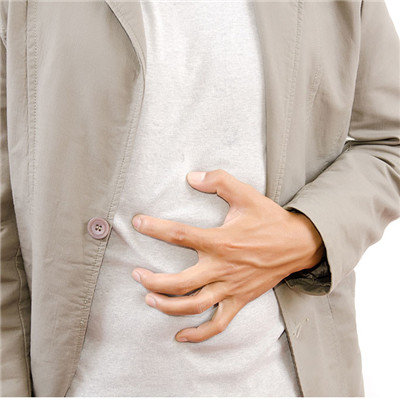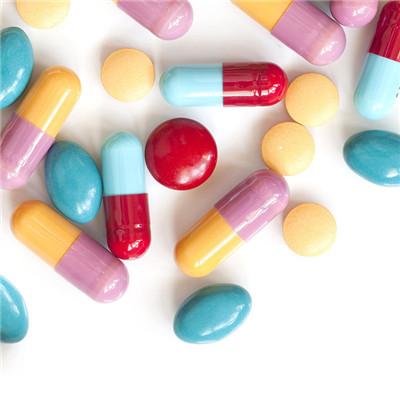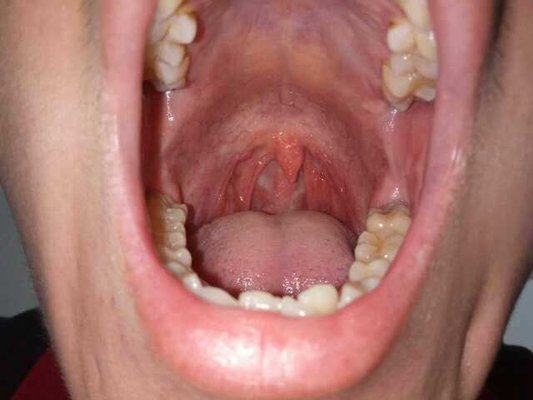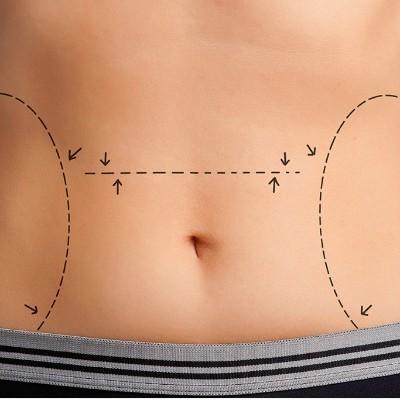What are the symptoms of cholera
summary
Cholera is an acute diarrhea infectious disease caused by the contamination of food or water by Vibrio cholerae. Every year, it is estimated that there are 3-5 million cholera cases and another 100000-120000 deaths. The peak of the disease is in summer, which can cause diarrhea, dehydration and even death in a few hours. Cholera symptoms? Let's talk about it
What are the symptoms of cholera
Diarrhea and vomiting usually begin with sudden diarrhea and then vomit. Generally, there is no obvious abdominal pain, no sense of urgency. It is difficult to count the stool several times a day, and the amount is more than 2000-4000 ml per day, or more than 8000 ml in severe cases. At the beginning, it was yellow water sample, and soon turned into rice swill water sample. A few patients had bloody watery stool or tar like stool. After diarrhea, there were jet and frontier vomiting. At the beginning, it was gastric contents, and then water sample, rice swill like. Vomiting is not accompanied by nausea, spray like, and its contents are similar to stool. A small number of patients had diarrhea without vomiting. Due to the loss of body fluid and electrolyte caused by severe diarrhea and vomiting, circulatory failure occurs, characterized by decreased blood pressure, weak pulse, significantly increased proportion of hemoglobin and plasma, decreased urine volume and even anuria. The excretion of organic acids and nitrogen products in the body is impaired, and patients often have the initial symptoms of acidosis and uremia. A large number of electrolytes such as sodium and potassium in the blood were lost, and the patient developed systemic electrolyte disorder. Sodium deficiency can cause muscle spasm, especially gastrocnemius and rectus abdominis. Potassium deficiency can lead to hypokalemic syndrome, such as hypotonia of whole body muscle, disappearance of tendon reflex, bowel swelling, tachycardia, arrhythmia, etc. Due to the loss of bicarbonate ion, metabolic acidosis may occur. In severe cases, unconsciousness and blood pressure drop may occur.
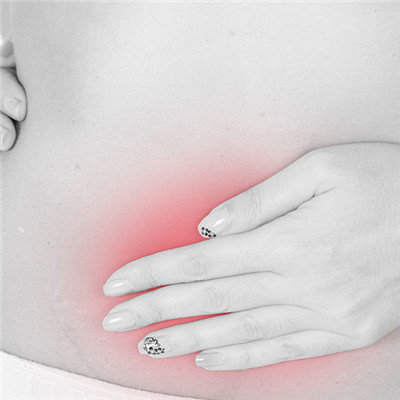
The appearance of patients with dehydration deficiency is very obvious. In severe cases, the eye socket is deep, the voice is hoarse, the skin is dry and wrinkled, the elasticity disappears, the abdominal depression is boat shaped, the lips and tongue are dry, thirsty and thirsty, the limbs are cold, the body temperature often drops below normal, and the muscles spasm or twitch.
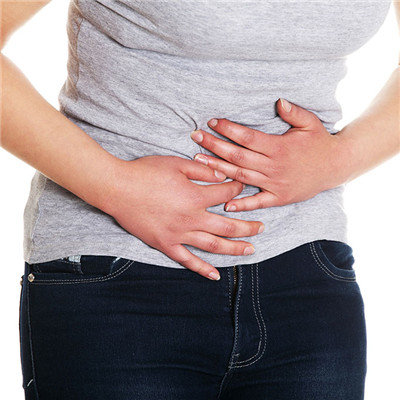
A few patients (especially children) may have febrile reaction at this time. The temperature rises to 38 ℃ - 39 ℃, which generally lasts for 1-3 days and subsides spontaneously. Therefore, this period is also called reaction period. The average course of disease was 3-7 days.
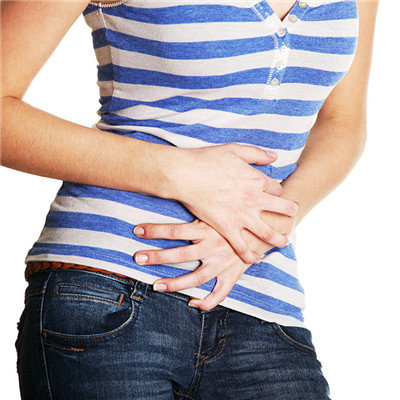
matters needing attention
(1) According to the digestive tract infectious diseases, the isolation can be removed only after the symptoms disappear for 6 days and the fecal vibrio is negative for 3 consecutive times. The patient's use and excreta should be strictly disinfected, and the ward staff should strictly abide by the disinfection and isolation system to prevent cross infection( 2) Rest: Patients with severe illness should stay in bed until their symptoms are improved( 3) When the vomiting stops and the diarrhea is relieved, the liquid diet can be given, and the diet can be increased slowly when the patient can tolerate it( 4) Water supplement is the basic treatment of cholera, light patients can take oral rehydration, severe patients need intravenous rehydration, after the symptoms improve to oral rehydration.
